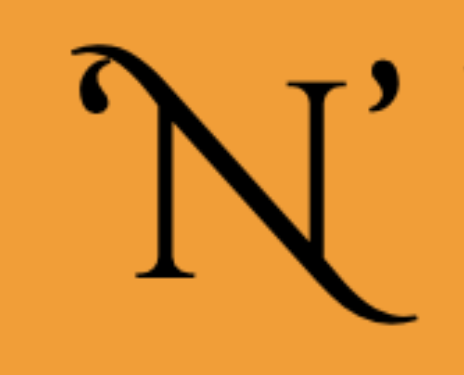Canadians head to the polls on October 19 after a federal election race that has been unusually long and closely fought. A lot many topics are being argued about, be it niqab, immigrants and what not.
Here are the candidates who are running towards the Canadian elections..
Kelowna – Lake Country
- Ron Cannan, Conservative
- Stephen Fuhr, Liberal
- Norah Bowman, NDP
Central Okanagan – Similkameen – Nicola
- Dan Albas, Conservative
- Robert Mellalieu, Green
- Karley Scott, Liberal
- Angelique Wood, NDP
North Okanagan – Shuswap
- Mel Arnold, Conservative
- Chris George, Green
- Cindy Derkaz, Liberal
- Jacqui Gingras, NDP
South Okanagan – West Kootenay
- Marshall Neufeld, Conservative
- Connie Denesiuk, Liberal
- Richard Cannings, NDP
- Samantha Troy, Green
- Brian Gray, Independent
Courtesy: Castanet
With three main parties vying to run the country, Canada’s first-past-the-post system means that a party does not have to win a majority of votes or seats in Parliament to take power. The following are some facts about how the system works:
– As in most parliamentary democracies, Canadians vote to elect only a member of Parliament to one of 338 electoral districts and do not cast a ballot for prime minister. The candidate who wins the most votes in their riding becomes the local representative in the federal legislature.
– The party with the most elected representatives or MPs will usually form a government, with the party’s leader as prime minister. The second-place party forms the official opposition. If the party with the largest number of seats does not have a simple majority, it may rule with support from one or more of the other parties in Parliament, typically on an issue-to-issue basis. With multiple parties, it is possible to win a majority in Parliament with less than 40 percent of the ballots from the 26.4 million eligible voters.
– A big question in this election is what happens if the incumbent, right-leaning Conservatives win the most seats but do not take a majority. One scenario is that the left-leaning New Democratic Party and the centrist Liberal Party would topple the Conservatives immediately and the one with more seats would seek to form a government with at least the tacit support of the other.
– While there are only three parties that are considered major contenders on a federal level, there are a number of other registered parties that also run candidates. There are 23 registered political parties, according to Elections Canada, while each electoral district had an average of five candidates in the last election in 2011.
– The framework was inherited from Britain, which also uses first-past-the-post voting. The system earlier this year handed British Prime Minister David Cameron a surprise majority of seats in Parliament even though his Conservative party garnered just 37 percent of the vote.
Courtesy: dailymail.co.uk








